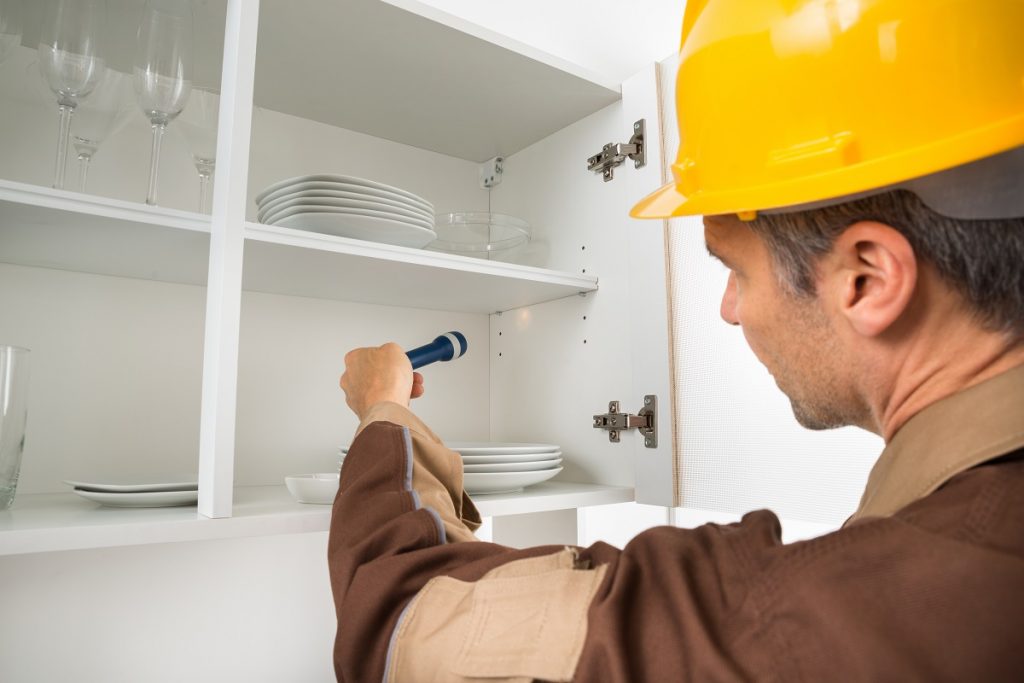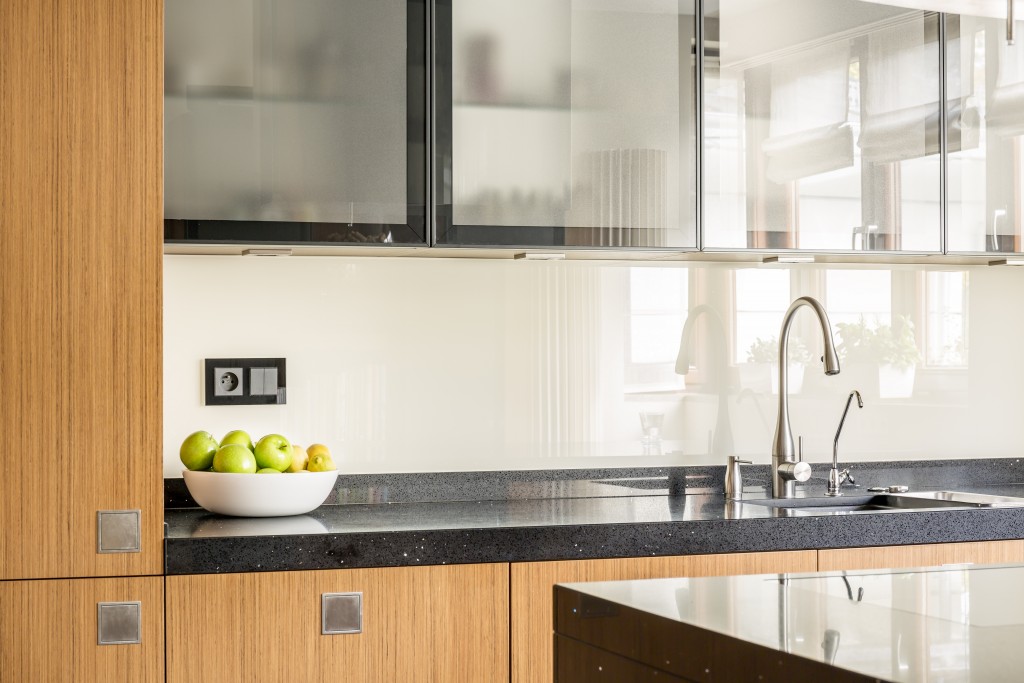In older times, kitchens were small spaces dedicated mostly to cooking. It served one function and was oftentimes detached from the house. But that has changed these days. Think about it. The kitchen is where your body’s need for food is satisfied. It, therefore, serves the function of both want and need.
Over the years, the kitchen has evolved so much that it has rendered dining rooms have become obsolete. The kitchen has grown larger and it’s where you cook and consume food. It’s the restaurant of the house, where people ultimately converge. And in that sense, it’s the center of your precious abode.
Therefore, making your kitchen friendly to Mother Earth is a worthy cause. By doing so, you ensure that only the best experience will come out of the food production room. As much as you want to spend time in the room, improving it to be eco-friendly is spot on. And that means a more livable happier home.
Fortunately, you need not move heaven and earth to give your kitchen a timely makeover. With the help of timely tips from the experts, you should be able to factor sustainability into the heart of your home in a jiffy.
Make the Most of Natural Materials
Natural materials are sustainable. Paper, for one, comes from trees. Specifically, it’s made of cellulose fibers from wood. And as we can plant more trees, it’s an eco-friendly choice. We can’t say the same with plastic.
A good start to your eco-friendly kitchen is using as many natural materials as you can. A good choice is a bamboo. You don’t need years to grow bamboo, unlike big trees such as oak and cypress. You just need about 4 months and your bamboo can grow into full size. Plus, it can absorb twice as much carbon dioxide compared to other trees and plants. Choosing bamboo, therefore, is a perfect choice to be environmentally friendly.
To boot, you can use bamboo chopping boards. It’s a spot-on choice that lasts years even against the sharpest of knives. Additionally, you can use other wood materials (e.g., wooden cooking spoons) to match.
Moreover, a granite kitchen countertop would be a wise eco-friendly decision. For starters, granite is aesthetically pleasing like no other. It would give your kitchen a classic look that could make your visitors drool in envy. Even better, it also lasts a lifetime. Meaning, it’s sustainable as you won’t need to replace it now and then.
Nix Single-use Plastic

Right off the bat, plastic is one of the biggest issues against Mother Nature. As it is non-biodegradable, plastics can take a huge toll on nature. It’s estimated about 100,000 sea turtles and other marine animals die every year due to tons of plastic in the ocean and in beaches. To make matters worse, 50 million bags of garbage is dumped into the ocean in Australia alone yearly.
To make sure your kitchen is as eco-friendly as can be, avoid using single-use plastic. Take note that there are many forms of plastic that have infiltrated our lives, from food product packaging (e.g., McDonald’s) to store leftovers.
Instead, choose natural food wraps. Additionally, you can also make the most of food containers made of natural materials (e.g., bamboo).
Factor Appliance Upgrade
This is a big one. The goal here is to reduce your carbon footprint. And this may have to do with parting with the old.
Older appliances tend to be less efficient. Worse, they consume far more energy than they should. So the trick of the game is to use energy-saving eco-friendly appliances. That way you not only cook at far less time, but you also cut energy consumption drastically.
As much as possible, go for ENERGY-STAR certified appliances. Here’s a closer look.
Use a Compost Bin
Perhaps, more than any, a compost bin epitomizes how kitchens should approach being eco-friendly. It’s a classic example of sustainability. You take what is to be thrown and make something useful of it.
Composting, indeed, is an impressive way to make use of leftover foods and scraps. What’s more, it’s a sure-fire way to create humus and boost the soil in your yard. So get that compost bin out in the kitchen and have everyone pitch in.
Word of warning: Never put oversized pieces of food in as these can attract an army of rats and vermin. To get it going, make sure you only put in the bin things that are inedible.
Accent with Houseplants
Houseplants make your kitchen feel cooler. And as they convert carbon dioxide into useful oxygen, they ensure you’re getting the best natural air possible. This is timely as the kitchen can be the center of smoke and sometimes odious odor.
Getting your kitchen to be as eco-friendly as possible is a step-by-step process. But if you start today, it won’t take long before you give Mother Earth a hand. And give everyone a smile on their face.

